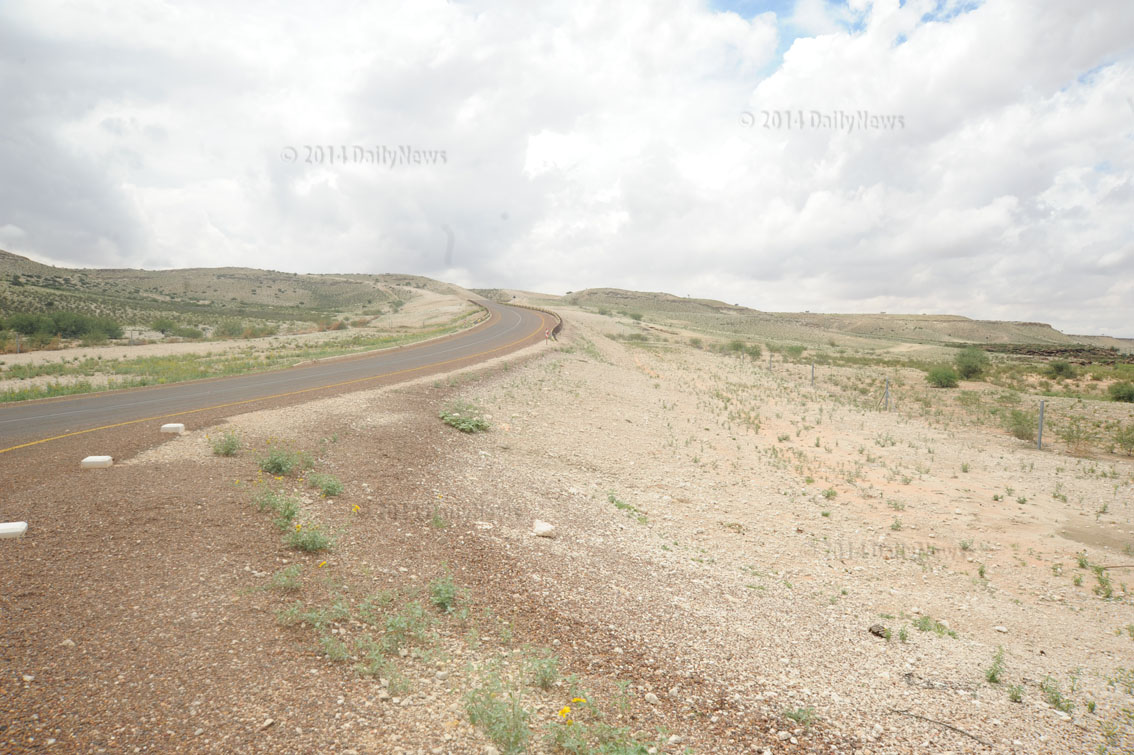The arid Molopo River
08 Apr 2014
Big rivers have been very useful to human beings in all parts of the world since ancient times.
These natural water sources have been used for agricultural purposes, fishing, transport, tourism and drinking water, among others.
Early civilization also began on the banks of the great rivers of the world such as the Nile in Egypt and the Indus, a major river in Asia.
In Botswana there are huge ever flowing rivers such as the Okavango and Chobe in the northern part of the country where activities such as fishing, tourism and transport have been prominent.
However, with Molopo River in the southern part of the country, big enough to be the size of the Okavango and Chobe, is a different story.
Golaolwamang Mosikare, an elder in Khuis village in the Kgalagadi South, has never seen the huge Molopo River flowing since he was born in 1921.
“Even our fathers, I have never heard them talking about the Molopo River flowing and I don’t think it will ever flow. I understand the little inflow can only go up to some areas in Werda, not this side,” said the old man.
Molopo River is one of the exceptional rivers that flow westwards while in Botswana many rivers naturally flow eastwards.
Despite heavy rains during Mosikare’s growing up period, the dry Molopo River never saw any flow except for a few cages when the river banks could produce water that was used for watering livestock.
The old man however was assertive the river used to flow centuries ago because he said when they dug pit holes in the river they could find elephant bones underground, a sign that wild animals used to drink from the now dry Molopo River.
The cause of the river’s predicament, according to 80-year-old Ditingwaemang Mereyabone, of Khuis, is the type of soil in that area.
He said the land in the area was sandy; hence it absorbed a lot of water despite plenty of rainfall.
“The soil is not favourable such that we can dig up to 70 metres deep without reaching water when constructing boreholes,” he said.
Just like his counterpart, Mereyabone does not hope Molopo River will ever flow.
Interestingly, parts of some of the villages in the Kgalagadi South such as Kolonkwaneng, Bogogobo, Middlepits, Khuis, Gakhibana and Bokspits exist within the enormous Molopo River.
The Trans Kalahari road through Gakhibana to Bokspits was also recently constructed along the river bed
Who knows what would could in the next hundred years? Few years ago, we saw the Boteti River, which was dry for over twenty years, flowing again.
The Boteti River, which was nothing but an arid and dusty riverbed for over two decades, in 2011 started flowing again, negatively affecting some people in the process.
The same thing also happened with the Thamalakane River, which bounced back to life after many years of drying. ENDS
Source : BOPA
Author : Kabo Keaketswe
Location : TSABONG
Event : Feature article
Date : 08 Apr 2014






